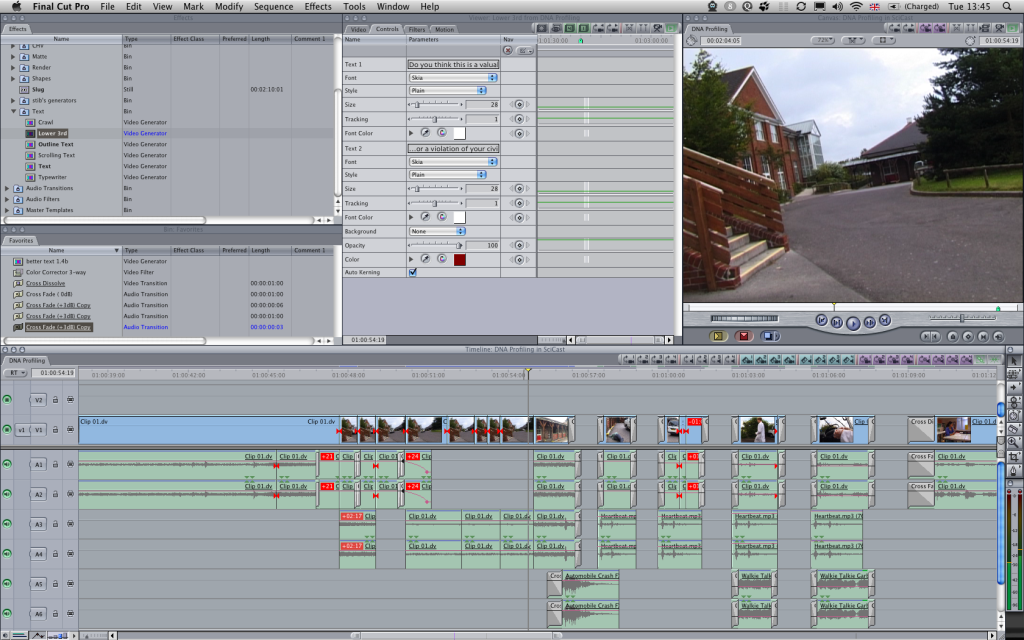Today I find myself listening to quite a lot of Radio 4, though that still doesn’t quite explain why I currently have Feedback on. Nevertheless, one piece of interest: the Performers’ Rights Society have gone beyond the Kwik-Fit case (I can’t find out what happened there – it may still be going through the Scottish courts?), and are cold-calling businesses around the country and informing them they need a public performance license for letting radios play in the workplace.
Some of those contacted have been in touch with Feedback to find out what gives; Feedback asked the PRS to explain their position, but they sent a somewhat flannelly statement instead, that sounded remarkably like this (undated) press release.
Interesting situation. From my reading of the PRS tarif (linked from here), the minimum fee for playing a radio eight hours a day, 355 days of the year, for a small business (fewer than 25 people) would be just shy of four hundred quid. Ouch.
This comes down to one’s interpretation of the phrase ‘public performance’, and the PRS are being clear that they include anyone listening to music outwith the home or personal environment. At least one intellectual property lawyer disagrees, but if you follow the PRS interpretation, I’d best be careful listening to Feedback in my home office, lest I accidentally catch a snippet of the Archer’s theme tune afterwards.
Also of note: the PRS doesn’t have authority to collect royalties on all music, only on that originated by its members. I had the ‘pleasure’ of talking to the PRS the other week, and they were very clear about this… but only after I’d specifically asked.
Anyway: the music on SciCast films is entirely outwith their remit. Whatever its source, it’s published under a Creative Commons license and you’re free to play it to as many people as you like, so long as you’re not directly making money out of doing so. The PRS have no claim over our work there.

